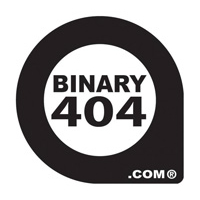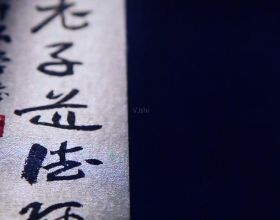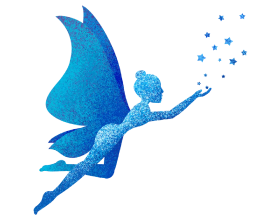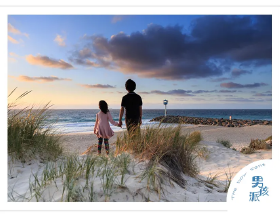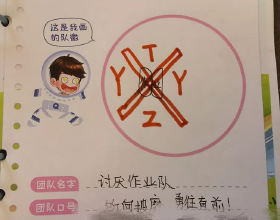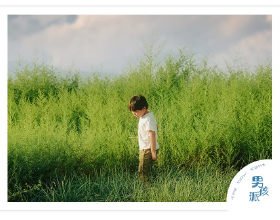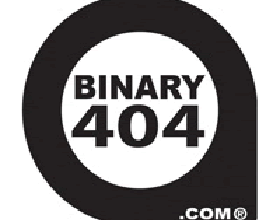孔方兄:古代的銅錢是一種輔幣,一千個為一貫。在鑄造時為了方便細加工,常將銅錢穿在一根棒上,為了在加工銅錢時銅錢不亂轉,所以將銅錢當中開成方孔。後來人們就稱錢為“孔方兄”,有時候寓指拜金主義。
永樂通寶錢書法絕倫,鑄工精湛,整齊劃一,是中國貨幣史上最精美的貨幣之一。這些鑄造精整的永樂通寶錢主要用於對外貿易,為明初對外開放發揮了重要作用,成為600年前的國際貿易硬通貨。鄰國日本、越南等也曾大批仿鑄使用永樂通寶錢,如今所見永樂通寶錢背“治”、“木”等字的皆為日本所鑄。
五銖錢是中國古代的一種銅製通貨。錢上有“五銖”二篆字,故名。漢武帝於元鼎四年(前113年)下令禁止郡國鑄錢,把各地私鑄的錢幣運到京師銷燬,將鑄幣大權收歸中央。中央政府成立專門的鑄幣機構,即由水衡都尉的屬官(鍾官、辨銅、技巧三官)負責鑄錢。鍾官負責鑄造,辨銅負責審查銅的質量成色,技巧負責刻範。面文“五銖”二字的錢最初鑄於漢武帝元狩五年(公元前118年),重如其文,被稱為五銖錢。
傳世古:古錢出爐後從未著土,因長期氧化致使錢面牢結一層黑膜,猶塗過黑漆一般烏黑髮亮,是謂“傳世古”,又稱“黑漆古”。此類錢若經長期把玩撫摩,而使錢文及內外廓露出紅潤銅色,錢肉依然黑亮,則為“傳世古”中之上品。
這二枚錢幣包漿自然,有明顯的傳世古包漿,底光柔和,所謂包漿是自然形成的氧化層,也有人為手盤包漿,兩者不同,但同時都有保護錢幣的功能,有如給錢幣鍍上一層保護膜,使錢幣不再氧化,便於收藏傳世,如果覺得錢幣髒,可以用清水洗,再用棉布擦乾,不要破壞包漿,破壞了包漿就相當於破壞了保護層,更重要的是包漿是鑑定新老錢幣最簡單有效的方法。細看這二枚錢幣品相完美,沒有磕缺,損毀,變形等是不可多得的收藏級錢幣,建議收藏,傳世。
英文翻譯:Brother Kong fang: The ancient copper coins were a kind of auxiliary coins. When casting, in order to facilitate fine processing, the copper money is often worn on a rod. In order to not turn randomly when processing copper money, the copper money is opened into square holes. Later, people called Qian "Brother Kong fang", sometimes referring to money worship.
Yongle Tongbao money calligraphy peerless, exquisite casting, neat, is one of the most exquisite currency in the history of Chinese currency. These finely cast Yongle Tongbao coins were mainly used for foreign trade, which played an important role in opening up to the outside world in the early Ming Dynasty and became hard currency in international trade 600 years ago. Neighboring Countries, such as Japan and Vietnam, have also used a large number of imitation casting Yongle Tongbao money, now see yongle Tongbao money back "governance", "wood" and other words are cast by Japan.
Five baht money is a copper currency in ancient China. The money has "Wuzhu" two seal characters, hence the name. In the fourth year of Yuanding (113 BC), Emperor Wudi of the Han Dynasty banned the coinage of counties and states, and sent the coins privately cast in various places to the Capital To be destroyed, and transferred the power of coinage to the central government. The central government set up a special coin minting institution, that is, the subordinate officers of the water Heng commander (zhong Guan, Distinguish bronze, and skills) were responsible for casting money. Zhong guan is responsible for casting, copper discerning is responsible for examining the quality of copper, skill is responsible for carving. The "Wuzhu" coin was originally cast in the fifth year of the Reign of Emperor Wudi of the Han Dynasty (118 BC). It was as heavy as its text and was called the Wuzhu coin.
Ancient: the ancient money after baking never soil, because of long-term oxidation of the money surface firm knot a layer of black film, still coated with black paint generally black shiny, is called "chuanshigu", also known as "black paint ancient". If this kind of money after a long time to play and touch, and make the money and inside and outside the red copper color, the money meat is still black, it is "handed down ancient" in the top grade.
The second coin patina nature, has obvious handed down old wrapped slurry, the bottom light is downy, so-called wrapped slurry is a natural formation of the oxide layer, also some people to hand wrapped slurry, the two different, but at the same time have to protect the function of money, like a plated COINS with a layer of protective film, make money no longer oxidation, facilitate collection handed down from ancient times, if feel money is dirty, can wash, reoccupy dry cotton cloth, Do not destroy the patina, which is equivalent to destroying the protective layer. More importantly, the patina is the simplest and effective way to identify new and old coins. Look closely at the two coins with perfect appearance, no damage, damage, deformation, etc., is a rare collection of coins, it is recommended to collect, handed down.

